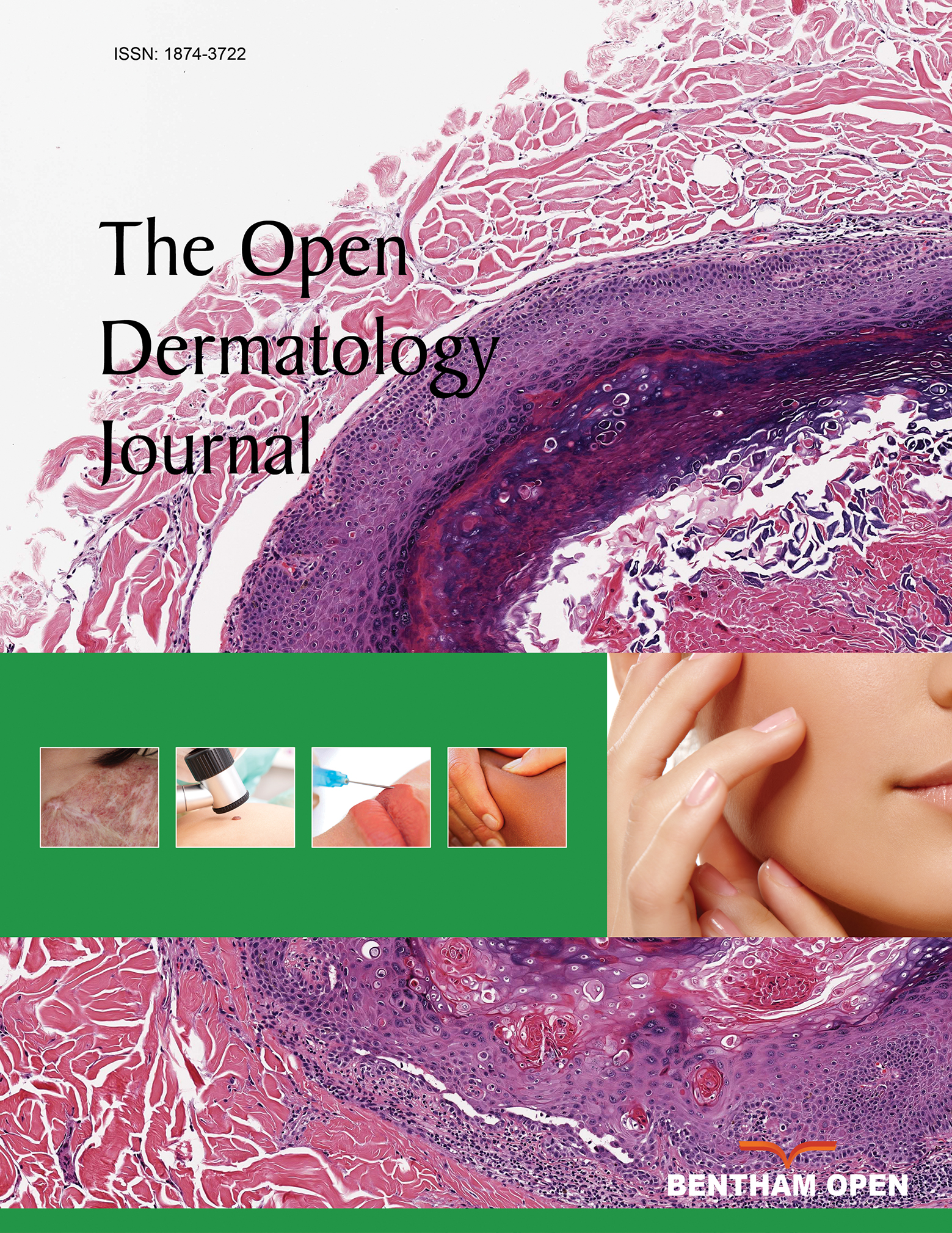Disinfectants and Skin Antiseptics for Safe prophylaxis against COVID-19, Review of Literature.
Abstract
Coronavirus disease 2019 (COVID-19) is currently receiving the whole world's attention. It appeared first in Wuhan city of China and rapidly spread to the world, causing many mortalities and morbidities; the disease is mainly transmitted via respiratory droplets and has a long infectivity period of about 14 days.
Science shows that the virus is also transmitted via the skin if the virus by any means finds its way and land on the skin surface. Infection occurs when touching the face, eyes, or nose with the hand after the virus has landed upon it. This is the main reason for the widespread usage of skin antiseptics and disinfectants. We included the most commonly used skin antiseptics, sterilizing methods, and disinfectants, such as household bleach, hydrogen peroxide gas plasma, Formaldehyde, Glutaraldehyde, Alcohol, Chlorohexidine, Povidone-iodine, Chloroxylenol, and alcohol-based hand sanitizer (e.g. Sterlelium). We will discuss their role in preventing acquired infection of COVID-19, as well as discussing the efficacy, costs, and side effects of different sterilizers, including general health hazards, as well as skin affection as irritant contact dermatitis, which is the commonest side effect. After conducting this work, we summarized the results & started sending them to our patients & medical personnel, and we observed 60% decrease in the cases of disinfectants induced allergic contact dermatitis /month compared to the previous two months.


